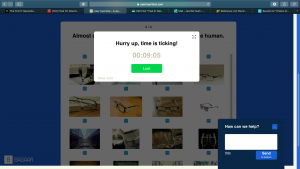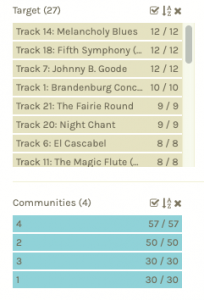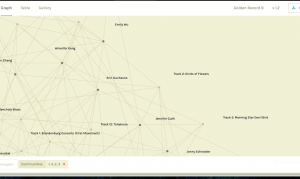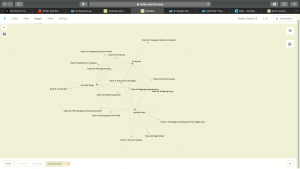
I laughed at this “User Inyerface” as my husband works in eCommerce with a company that makes those annoying pop-ups and “suggestions” for retail sites. This site demonstrates deceptive design and design that is frustrating to the user. Examples of deceptive design included buttons to close a pop-up were hidden and examples of frustrating design included the age slider bar and date of birth drop downs that were difficult to manipulate. These frustrating items also lead to a lack of accessibility in design (a person with Parkinson’s is unlikely to be able to accurately use the slider bar).The “not a robot section” had unintuitive design where the clinking boxes were above instead of below the boxes. The “how can I help” bar and hurry pop up were stressful and caused some cursing the 5th or 6th time they showed up (example below). The deceptive design website provided a good example of how the hurry messages on booking.com increase sales through manipulation of FOMO (fear of missing out), which I have definitely fallen prey to on that site before (Puschak, 2018).

Both TED talks this week emphasized the need for company accountability to prevent or limit manipulation online through social media and ads (Harris, 2017; Tufekci, 2017). Tufekci (2017) specifically notes the ability of dark posts to target specific users with messages and how YouTube AI push viewers to extreme content which leads to her question of how public debate is possible when the two sides lack equal information. We have struggled with this in Alberta through the pandemic with the “alt-right” insulating themselves further by using limited media sources like AI curated Facebook and Rebel news. Timothy Caulfield is another speaker and author who has been working recently on health misinformation and manipulation online similar to the TEDTalks in the readings.
References:
Harris, T. (2017). How a handful of tech companies control billions of minds every day. Retrieved from: https://www.ted.com/talks/tristan_harris_the_manipulative_tricks_tech_companies_use_to_capture_your_attention?language=en
Puschak, E. [Nerdwriter1]. (2018, March 28). How Dark Patterns Trick You Online [Video]. YouTube. https://www.youtube.com/watch?v=kxkrdLI6e6M&t=210s
Tufekci, Z. (2017). We’re building a dystopia just to make people click on ads. Retrieved from: https://www.ted.com/talks/zeynep_tufekci_we_re_building_a_dystopia_just_to_make_people_click_on_ads?language=en


